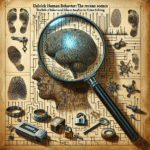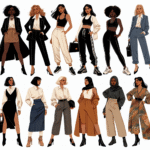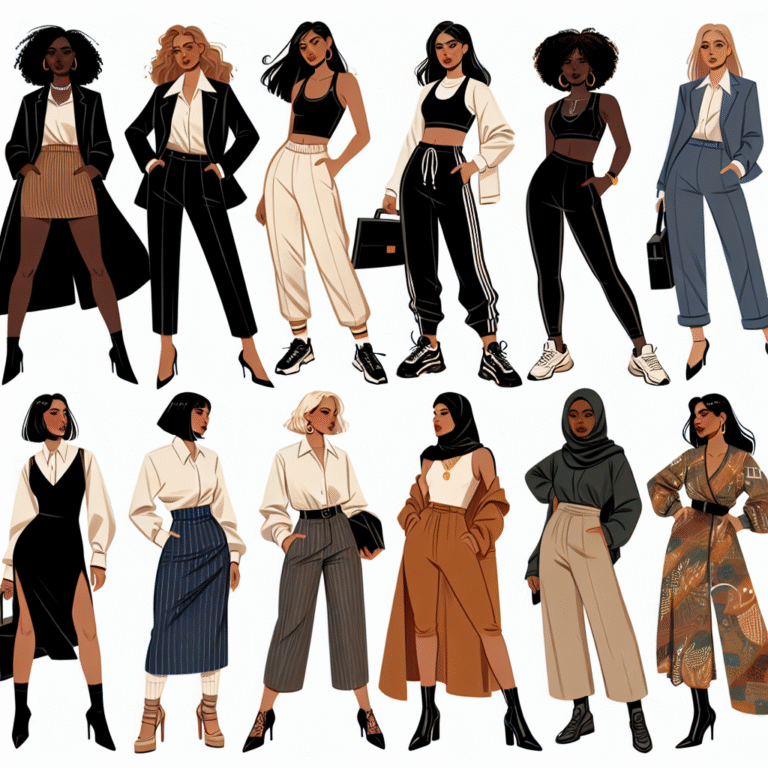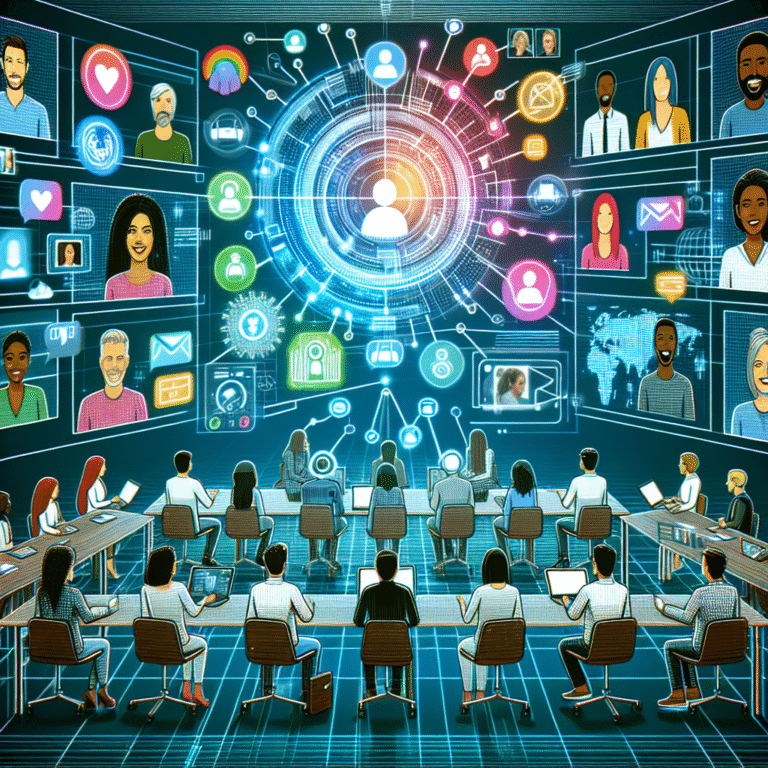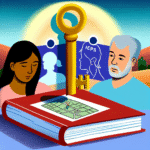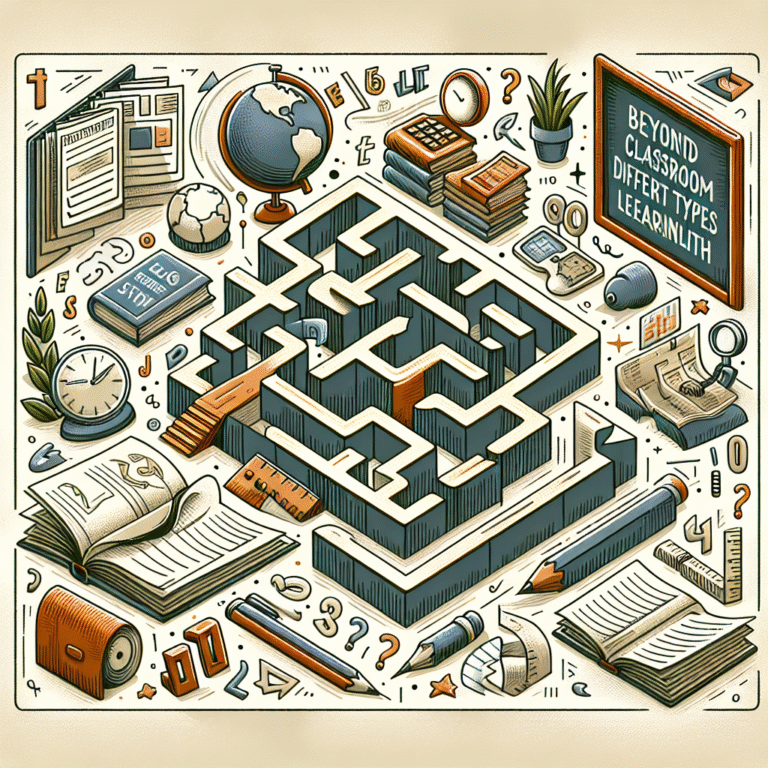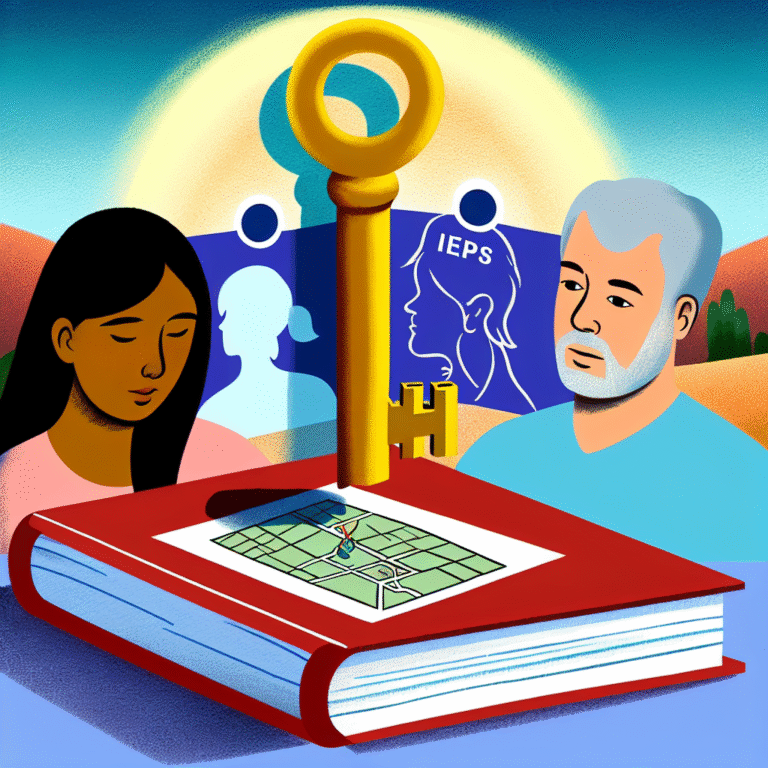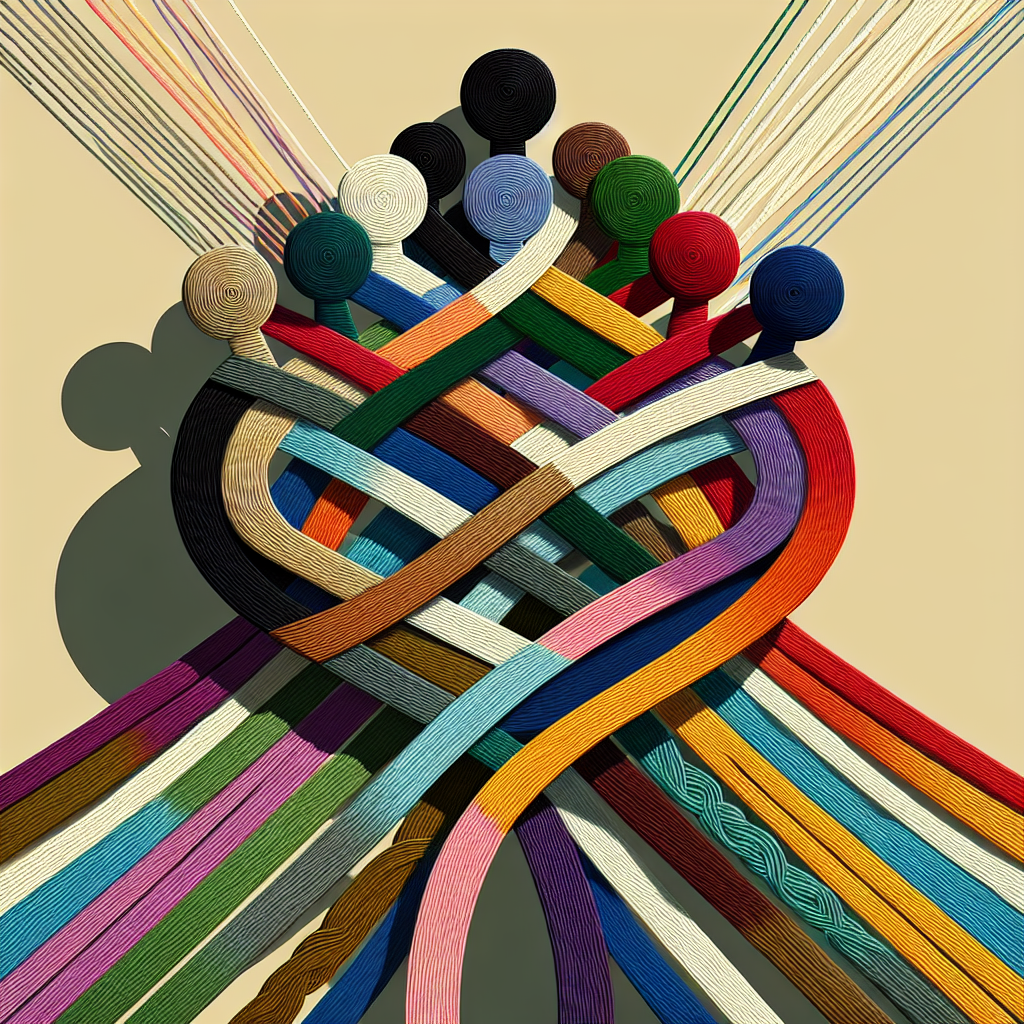
Introduction
What happens when the forces of race, class, and gender overlap? Understanding The Intersectionality of Patriarchy: How Race, Class, and Gender Intertwine is crucial for dissecting our social fabric and illuminating systemic injustices. This exploration delves into how these three dimensions not only coexist but also reinforce each other, perpetuating cycles of inequality. In today’s rapidly changing landscape, comprehending these interactions is essential—not just for scholars and activists, but for anyone interested in promoting equity and inclusivity in their communities.
The Framework of Intersectionality
Defining Intersectionality
Intersectionality is a term coined by legal scholar Kimberlé Crenshaw in the late 1980s, emphasizing how various social identities overlap to shape individual experiences of oppression and privilege. While patriarchy primarily refers to systems of male dominance, incorporating race and class reveals a multifaceted reality that expands beyond gender alone.
Theoretical Underpinnings
- Patriarchy: A historically rooted system where men hold power, influencing social structures, economics, and cultural narratives.
- Race: The social construction that categorizes people based on physical characteristics, often leading to discrimination and bias.
- Class: An economic stratification that determines access to resources and opportunities, critically influencing life outcomes.
To grasp The Intersectionality of Patriarchy: How Race, Class, and Gender Intertwine, one must consider how these three components create a unique matrix of disadvantages or advantages.
Case Studies in Intersectionality
Case Study 1: Women of Color in the Workforce
Overview
Research shows that women of color experience the dual burdens of racial and gender biases in professional environments. For instance, Black women face systemic barriers that prevent them from reaching leadership positions.
Analysis
In the tech industry, Black women earn significantly less than their white male counterparts, despite having comparable qualifications. This real-world application illustrates The Intersectionality of Patriarchy: How Race, Class, and Gender Intertwine, highlighting the compounded discrimination faced by individuals at the intersection of multiple marginalized identities.
| Group | Average Salary | Leadership Positions |
|---|---|---|
| White Men | $100,000 | 50% |
| White Women | $75,000 | 25% |
| Black Women | $65,000 | 5% |
Case Study 2: The Impact of Class on Gender in Healthcare
Overview
The healthcare system often reflects class-based disparities. Low-income women face obstacles ranging from inadequate insurance to poor access to healthcare facilities.
Analysis
In a community health study, it was revealed that women from lower socioeconomic backgrounds experience higher rates of maternal mortality. This exacerbates the narrative of The Intersectionality of Patriarchy: How Race, Class, and Gender Intertwine by emphasizing how class significantly amplifies gender-based inequities.
Unpacking Patriarchy through Race and Class
The Racialization of Gender Norms
In many cultures, gender roles are racially coded. For example, the hypersexualization of Latina women or the stereotype of the "strong Black woman" both perpetuate harmful narratives that limit individual freedoms. These stereotypes represent how the intersections of race, gender, and patriarchy create unique forms of oppression.
Economic Disparities and Their Influence
Wealth Gap: A study by the Institute for Women’s Policy Research highlights that women of color earn less overall and have fewer assets compared to white men. This disparity, mapped alongside gender, results in diminished opportunities for investing in future generations, perpetuating cycles of poverty.
- Job Insecurity: Women, especially in low-income communities, often find themselves in precarious job situations that do not offer benefits like maternity leave, healthcare, or job security. This reality cleverly illustrates The Intersectionality of Patriarchy: How Race, Class, and Gender Intertwine, showcasing a pressing need for reform.
Resistance and Empowerment
Organized Movements
Grassroots movements, such as Black Lives Matter and the Women’s March, epitomize a collaborative resistance against the intertwined structures of race, class, and gender oppression. They mobilize communities around shared goals, shining a light on disparities within societal systems and calling for equitable change.
Policy Reforms
Advocacy for equitable policies such as paid family leave, affordable healthcare, and educational access can create real change. For example, California’s recent healthcare reform includes provisions to address disparities faced by marginalized women, emphasizing the importance of collective organizing based on an understanding of The Intersectionality of Patriarchy: How Race, Class, and Gender Intertwine.
Practical Takeaways
- Promote Awareness: Engage in discussions about intersectionality in workplaces, schools, and communities.
- Advocate for Change: Use your voice to support policies that address inequities faced by people at the intersection of race, class, and gender.
- Support Local Initiatives: Contribute to grassroots organizations working towards racial and gender equity.
- Educate Yourself: Make it a priority to learn about the lived experiences of marginalized groups, expanding your understanding of the implications of patriarchy.
Conclusion
The insight gained from understanding The Intersectionality of Patriarchy: How Race, Class, and Gender Intertwine is monumental in shaping a more equitable society. As we unpeel the layers of systemic injustice, we can better address the unique challenges faced by individuals straddling multiple oppressive systems. By advocating for awareness, promoting change, and understanding the interconnectedness of these identities, we pave the way for a brighter, more equitable future.
FAQs
1. What is intersectionality?
Answer: Intersectionality is a framework for understanding how various social identities, such as race, gender, and class, intersect to create unique systems of oppression or privilege.
2. How does race affect gender roles?
Answer: Race can shape societal expectations around gender, often reinforcing stereotypes that negatively impact individuals based on their racial and gender identities.
3. Why is it important to study the intersection of race, class, and gender?
Answer: Studying these intersections helps to illuminate the complexities of oppression and privilege, allowing for more targeted and effective social change.
4. How can individuals contribute to change?
Answer: Engage in advocacy, support local organizations, and educate yourself and others about the implications of intersectionality in society.
5. What are some examples of organizations focused on this intersectionality?
Answer: Organizations like the National Domestic Workers Alliance and Black Women’s Blueprint focus on advocating for rights and equity among marginalized populations, exemplifying work at the intersection of race, class, and gender.
By navigating The Intersectionality of Patriarchy: How Race, Class, and Gender Intertwine, we unlock the potential for a multi-dimensional understanding of social justice that can inspire collective action and meaningful change in our communities.


